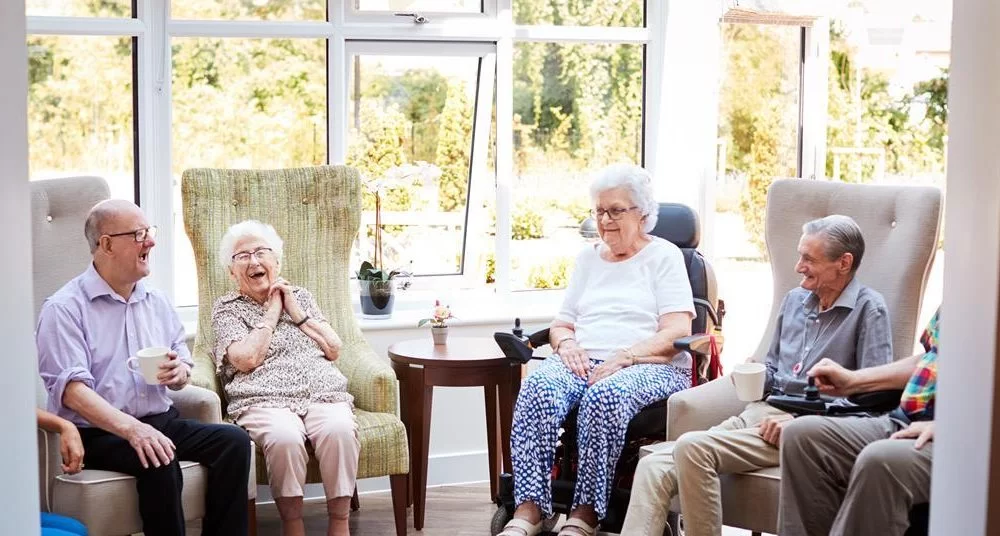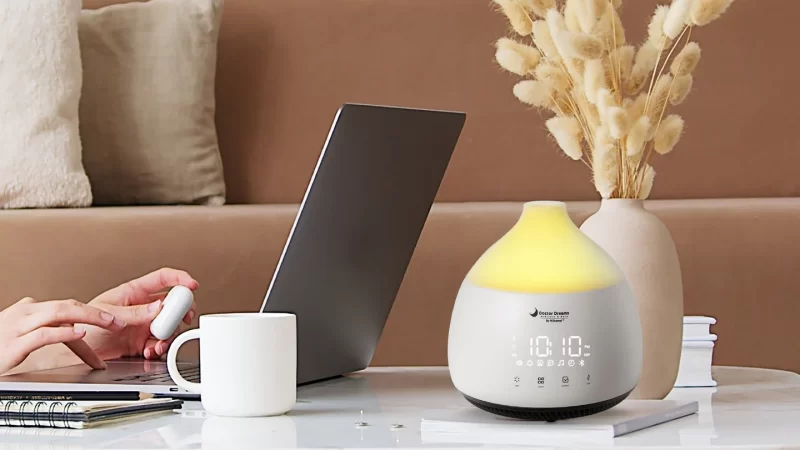Creating a Home: Personalizing Care Home Spaces

Moving into a care home is a significant transition, often filled with emotional and psychological challenges. One way to ease this transition is by personalizing care home spaces, turning them from sterile environments into comforting, homely spaces. This blog explores the importance of personalization in care homes and provides practical tips on how to create a space that feels like home.
The Importance of Personalization in Care Homes
Personalizing living spaces in care homes is crucial for the well-being of residents. A personalized environment can evoke a sense of familiarity, security, and comfort, which is essential for mental and emotional health. For many residents, a care home represents a significant change in their life, often marking a loss of independence. However, residents can maintain a sense of identity and continuity by surrounding themselves with familiar objects and decorations.
Personalized spaces can also enhance the quality of life. Research suggests that when residents are in environments that reflect their personal tastes and histories, they are more likely to feel at ease, engage socially, and experience lower levels of anxiety and depression. Moreover, these spaces can act as conversation starters, fostering connections between residents, their families, and care staff. For instance, personalizing a care home in Bath might involve incorporating local artwork or familiar family photos to make the environment feel more familiar and welcoming.
Tips for Personalizing Care Home Spaces
- Incorporate Personal Belongings
One of the simplest ways to personalize a care home space is by incorporating personal belongings. Items such as family photos, favorite books, artwork, or cherished knick-knacks can instantly make a space feel more familiar and comforting. These objects not only serve as reminders of loved ones and good memories but also help residents retain a sense of identity.
- Choose Comforting Colors and Textures
The colors and textures in a room can significantly impact a person’s mood. Soft, warm colors like pastels, creams, and earth tones often create a calming environment. Incorporating favorite colors into bedding, curtains, or cushions can make the space feel more like home. Additionally, using soft, tactile materials for blankets, pillows, and rugs can enhance comfort and warmth, making the space more inviting.
- Use Familiar Furniture
Whenever possible, bringing in familiar pieces of furniture can be a great way to personalize a space. A beloved armchair, a familiar lamp, or a favorite blanket can provide comfort and continuity. Integrating these pieces into the new environment can make the transition smoother if the care home allows.
- Create a Memory Wall
A memory wall can be a wonderful way to personalize a care home space. This could be a section of the wall dedicated to photographs, awards, or artwork that holds special meaning. Residents can look at these items daily, triggering positive memories and conversations. Family members can assist in curating this space, ensuring it reflects the resident’s life journey and passions.
- Personalize with Technology
Personalizing a space with technology can be comforting and engaging for tech-savvy residents. Digital photo frames that rotate through family photos, or tablets loaded with favorite movies, music, or books, can provide entertainment and a connection to the outside world. Voice assistants can also be customized with reminders, music playlists, and daily schedules tailored to the resident’s preferences.
- Add Personal Touches to Shared Spaces
Personalization doesn’t have to be confined to private rooms. Adding personal touches to shared spaces can also enhance the home-like atmosphere. This could include communal bulletin boards with photos and notes from residents and their families, or creating themed areas that reflect the interests of the residents, such as a garden corner or a reading nook.
Conclusion
Personalizing care home spaces is not just about aesthetics; it’s about creating an environment that supports emotional well-being and helps residents feel connected to their past and present. Families and caregivers can help transform a care home into a true home by incorporating personal belongings, familiar furniture, and comforting colors. This personalization process is vital in ensuring that residents live in a space that nurtures their identity, promotes comfort, and enhances their quality of life.






